Guardians of the Mediterranean: The Posidonia Seagrass Meadows of Ibiza
Dominated by the sturdy seagrass species Posidonia oceanica, the underwater seagrass meadows are an important part of Ibiza's marine ecosystem. They stretch across the seabed, swaying gracefully with the ebb and flow of the crystal clear waters that surround this mesmerizing Mediterranean island.
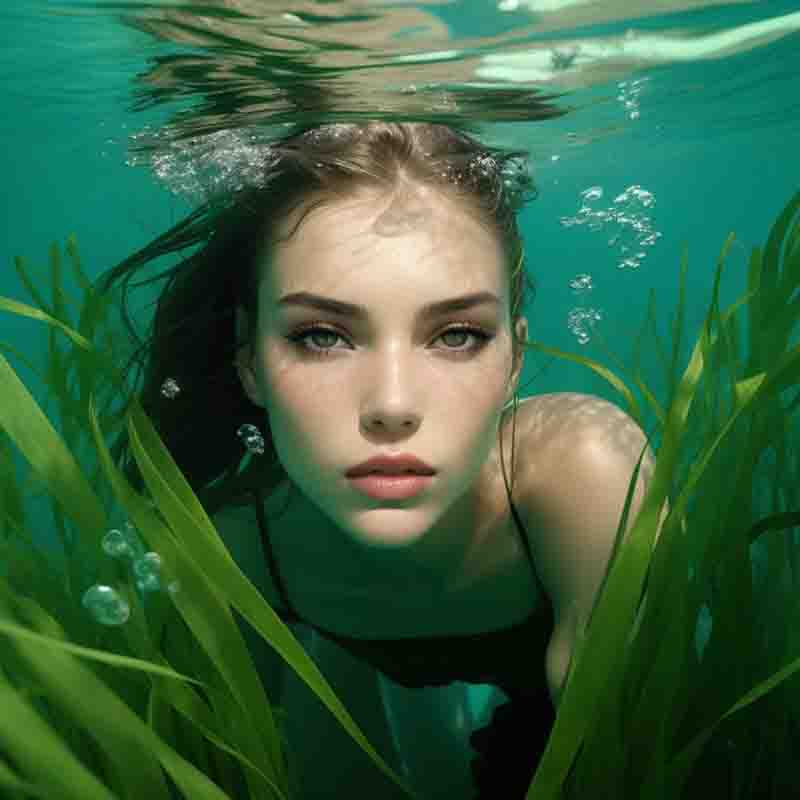
The relationship between the coastal communities of Ibiza and the Posidonia seagrass meadows is deeply rooted. For centuries, the local culture has been inextricably linked to the sea, relying on its resources and forming a unique lifestyle.
Posidonia seagrass refers to a species of underwater plant, specifically Posidonia oceanica, that plays a vital role in the marine ecosystems of the Mediterranean Sea. This seagrass is named after the ancient Greek god of the sea, Poseidon.
The Posidonia Oceanica: Ibiza's Underwater Lungs
Ibiza, famed for its vibrant party nightlife its pristine beaches, and its vivid and original art scene, holds a secret beneath the waves—a thriving ecosystem of Posidonia oceanica, or Posidonia Seagrass Meadows.
These meadows carpet the seabed, creating a remarkable underwater landscape that stretches across the island's coastline.
What makes the Posidonia Seagrass Meadows truly remarkable is their ecological importance.
The seagrass meadows serve as underwater nurseries, providing a safe haven for an incredible array of marine life.
Seahorses, with their intricate patterns and curious appearances, find camouflage and safety among the swaying seagrass fronds.
Loggerhead sea turtles rely on these meadows as feeding grounds, with the seagrass providing a nutritious diet that contributes to their growth and survival.
Colorful fish, from damselfish to parrotfish, dart in and out of the seagrass, using it for shelter, foraging, and even spawning.
Cuttlefish and octopuses, masters of camouflage and mimicry, thrive within Posidonia meadows, their remarkable behaviors adding to the intrigue of this underwater world.
But the significance of these meadows extends beyond providing shelter and sustenance.
Posidonia oceanica, often referred to as the "lungs of the Mediterranean," plays a vital role in carbon sequestration.
Its dense and extensive root system traps and stores carbon, helping to combat climate change by reducing the concentration of carbon dioxide in the atmosphere.
In fact, these meadows are estimated to sequester more carbon per unit area than some of the world's most productive terrestrial forests.
Seagrass meadows in Ibiza are unique and vital ecosystems found along the island's coastlines. These meadows, primarily composed of Posidonia oceanica, play a critical role in maintaining marine biodiversity and protecting the coastline from erosion.
Posidonia Oceanica in Ibiza

Posidonia oceanica, also known as Neptune grass, is the star of Ibiza's seagrass meadows. It's a protected species in the Mediterranean, emphasizing its ecological significance.
Ibiza's seafloor ecology
The Posidonia Seagrass Meadows also play a crucial role in maintaining water quality.
Their dense seagrass blades slow down water currents, reducing wave energy and preventing coastal erosion.
This action helps to trap sediments and filter nutrients, ensuring that the waters around Ibiza remain clear and pristine.
As a result, the island's tourism industry, which relies heavily on its beautiful coastline and azure waters, benefits greatly from the meadows' natural water purification services.
The diversity of species that call the Posidonia Seagrass Meadows home is astounding. Nudibranchs and sea slugs flaunt a breathtaking array of colors and shapes.
Innumerable invertebrates and crustaceans find shelter and sustenance within the seagrass, from tiny shrimp and crabs to delicate sea anemones and sea cucumbers.
The intricate web of life within these meadows extends to symbiotic relationships, such as cleaner fish setting up "cleaning stations" where larger fish visit to have parasites removed, ensuring the health of both cleaner and client.
Threats to seagrass in Ibiza
However, these vital ecosystems are not without their challenges.
Pollution from agriculture, coastal development, and marine activities can introduce pollutants like nutrients, heavy metals, and plastics into the water, degrading water quality and harming marine life.
Anchor damage, caused by boats dropping anchor in shallow coastal areas, can directly damage the seagrass, disrupting the meadows' structure and harming the organisms that rely on them.
Coastal development, overfishing, and climate change are additional threats that these ecosystems face.
Fortunately, Ibiza is committed to the conservation of its Posidonia Seagrass Meadows.
Marine protected areas, regulations on boating and fishing, and educational programs are all part of the island's efforts to protect these invaluable habitats.
Ibiza also actively participates in international initiatives to raise awareness about the global importance of seagrass ecosystems.
The Posidonia Seagrass Meadows of Ibiza are not just underwater landscapes; they are vibrant communities teeming with life, integral to the health of the Mediterranean Sea.
Their ecological importance, growth rate, role in carbon sequestration, and contribution to water quality make them invaluable.
The Posidonia Meadows of Ibiza

These meadows contribute significantly to the island's tourism industry by maintaining clear and clean coastal waters. They create a vibrant environment for recreational activities like swimming, snorkeling, and diving.
Posidonia oceanica, commonly known as Neptune grass or Mediterranean seagrass, is a remarkable marine plant species that forms extensive meadows in the coastal waters around Ibiza.
These meadows, primarily composed of Posidonia oceanica, are of utmost ecological importance and have a substantial impact on the local environment and global climate due to their role in carbon sequestration.
-
Biodiversity Hotspots: Posidonia meadows serve as critical habitats for a diverse range of marine species. These include commercially important fish species, seahorses, sea turtles, and countless other organisms. The complex structure of the seagrass provides refuge, nursery grounds, and feeding areas for these creatures.
-
Erosion Prevention: The dense root systems of Posidonia oceanica help stabilize the seabed, preventing coastal erosion. They act as a natural buffer, safeguarding the shoreline and coastal infrastructure from the erosive forces of waves and currents.
-
Water Quality Enhancement: These meadows contribute to maintaining water clarity and quality. They trap suspended particles and filter nutrients from the water, improving overall water conditions and supporting the health of marine ecosystems.
-
Oxygen Production: Posidonia meadows are primary producers, creating oxygen through photosynthesis. This production of oxygen benefits both underwater and terrestrial environments, further demonstrating their ecological importance.
Posidonia oceanica is known for its slow growth rate, which makes it particularly vulnerable to disturbances
The primary growth of Posidonia oceanica occurs horizontally through the expansion of its rhizome system, which is a network of underground stems.
This growth pattern allows the seagrass to colonize large areas of the seafloor over time.
Vertical growth of the seagrass leaves is limited, typically extending only a few centimeters above the substrate.
This growth pattern is adapted to the seagrass's underwater environment, where light penetration decreases with depth.
Posidonia oceanica reproduces through both vegetative propagation (expansion of rhizomes) and sexual reproduction via the release of seeds.
Sexual reproduction is less common and usually occurs during the flowering season.
On average, it grows at a rate of about 1 to 10 centimeters per year, depending on environmental conditions.
The plant reproduces through flowering and seed production, but most growth occurs through the expansion of its extensive underground rhizome network.
This slow growth makes recovery from damage, such as boat anchor scars, a lengthy process, often taking decades or even centuries.
This highlights the importance of protecting existing meadows.
Posidonia Oceanica's Carbon Sequestration
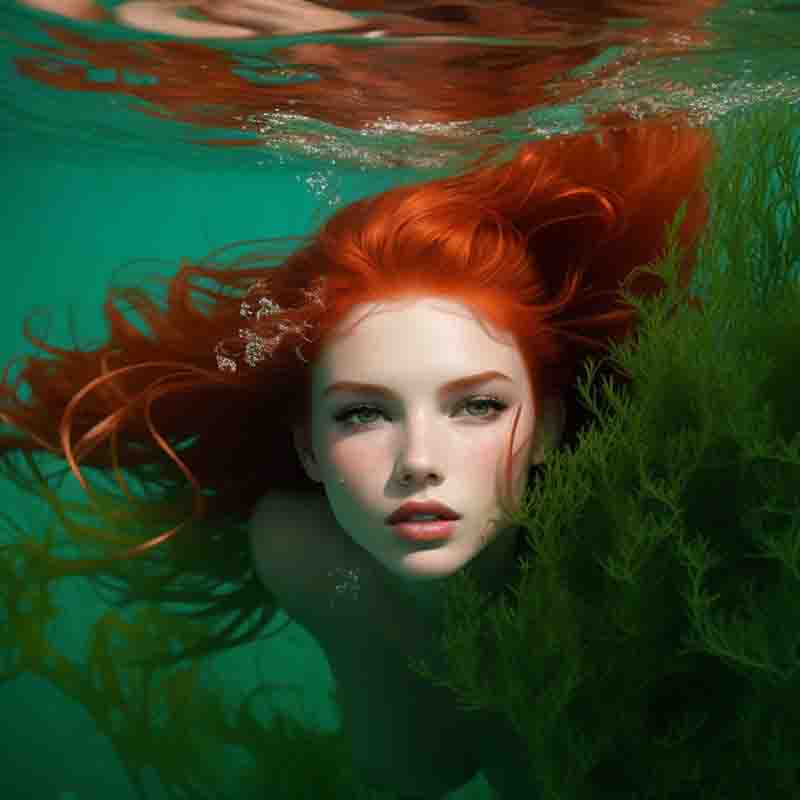
The Posidonia Seagrass Meadows encompass vast stretches of the Ibiza coastline, forming a mosaic of submerged landscapes.
Perhaps one of the most critical aspects of Posidonia meadows is their role in carbon sequestration, which is vital in combating climate change.
-
Carbon Storage: The dense biomass of Posidonia oceanica, both above and below ground, stores significant amounts of carbon. This carbon is captured from the atmosphere during photosynthesis and stored in the seagrass and surrounding sediments.
-
Blue Carbon: Seagrasses like Posidonia are part of the "blue carbon" ecosystem, which refers to the capture and storage of carbon by coastal and marine ecosystems. These blue carbon reservoirs are considered highly efficient in sequestering carbon dioxide (CO2).
-
Mitigating Climate Change: By sequestering carbon, Posidonia meadows help mitigate climate change by reducing the concentration of greenhouse gases in the atmosphere. Protecting and restoring these meadows is thus a crucial strategy in the fight against global warming.
Posidonia meadows in Ibiza are not only ecologically vital but also serve as essential carbon sinks, playing a significant role in combating climate change.
Preserving and restoring these seagrass meadows is not only a local conservation priority but also a global imperative for maintaining the health of our oceans and the planet as a whole.
Characteristics of Posidonia meadows
-
Lush Green Meadows: Posidonia meadows in Ibiza are characterized by vast underwater meadows of lush green seagrass. The seagrass, Posidonia oceanica, has long, ribbon-like leaves that sway gracefully with the underwater currents, creating a mesmerizing and vibrant underwater landscape.
-
Extensive Root Systems: Beneath the surface, these meadows boast an intricate network of root systems that anchor the seagrass to the seabed. This extensive root structure not only stabilizes the seafloor, preventing erosion, but also provides shelter for countless marine organisms.
-
Diversity of Marine Life: The seagrass meadows of Ibiza are teeming with marine life. They provide vital habitat and breeding grounds for a wide variety of species, including colorful fish, crustaceans, and mollusks. Iconic creatures like seahorses, sea turtles, and octopuses are often spotted here.
-
Ecological Significance: The Posidonia meadows are of immense ecological importance, both locally and globally. They act as nurseries for juvenile fish, offering protection from predators. Many commercially important fish species rely on these meadows for breeding and sustenance.
-
Biodiversity Hotspots: These meadows are recognized as biodiversity hotspots. Their complex structure and rich seafloor communities contribute to the overall health of the Mediterranean ecosystem. Protecting them is essential for safeguarding marine biodiversity.
-
Erosion Prevention: Posidonia's extensive root systems play a crucial role in preventing coastal erosion. This natural barrier helps maintain the integrity of Ibiza's coastline, protecting it from the erosive forces of waves and storms.
The Posidonia meadows are widespread in the coastal waters of Ibiza. They are found along the entire coastline of the island and form a stunning marine underwater carpet.
These meadows thrive in the clear, sunlit waters of the Mediterranean, and Ibiza's favorable conditions make it an ideal habitat for Posidonia oceanica.
Contribution to Ibiza's Natural Beauty
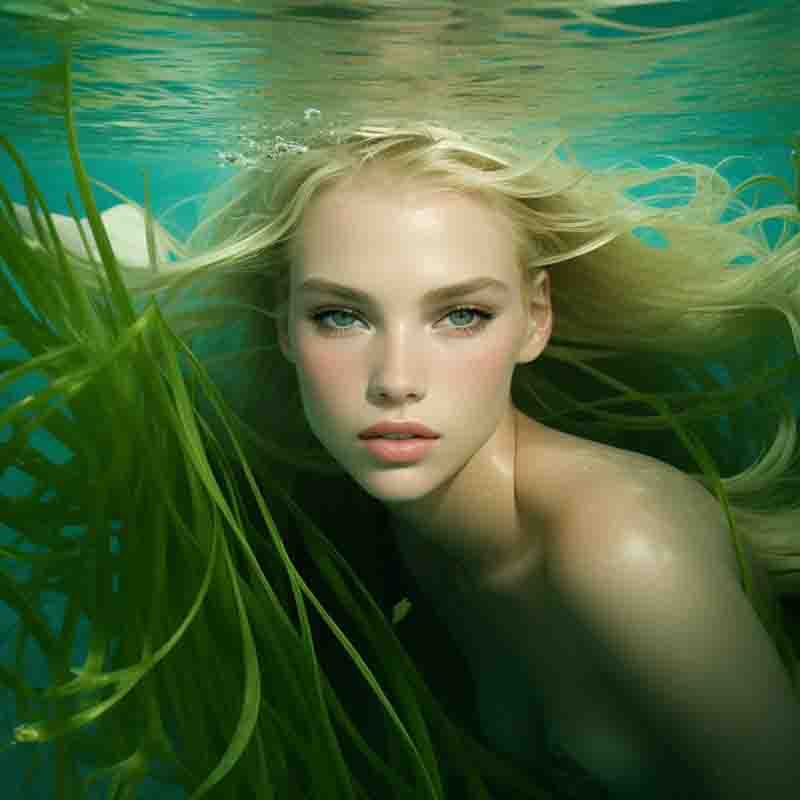
One of the most remarkable services these meadows provide is their ability to purify the waters. The seagrass blades slow down water currents, reducing wave energy and preventing coastal erosion.
The Posidonia meadows are integral to Ibiza's natural beauty and contribute to its unique charm in several ways.
-
Underwater Scenic Beauty: These meadows transform Ibiza's underwater world into a mesmerizing, emerald paradise. The swaying seagrass and the vibrant marine life they support make snorkeling and scuba diving in Ibiza a breathtaking experience.
-
Coastal Aesthetics: The presence of seagrass meadows along the coast enhances the aesthetics of Ibiza's beaches. The crystal-clear waters, combined with the vibrant green seagrass, create a picturesque setting for beachgoers.
-
Economic Value: The beauty and biodiversity of these meadows contribute to Ibiza's tourism industry. They attract visitors from around the world who come to appreciate the island's natural wonders, further boosting the local economy.
The Posidonia meadows of Ibiza are not just an ecological wonder but also a significant contributor to the island's natural beauty.
Their lush, underwater landscapes, ecological significance, and role in preserving Ibiza's coastline make them a treasure worth protecting and celebrating.
Ibiza's commitment to the preservation of these meadows is not only an environmental responsibility but also a testament to its dedication to maintaining its unique natural heritage.
Species that inhabit Posidonia meadows in Ibiza
The Posidonia oceanica meadows of Ibiza are teeming with diverse marine life, each species uniquely adapted to this vibrant ecosystem.
-
Seahorses: Seahorses are iconic residents of Posidonia meadows. They have adapted their prehensile tails to hold onto the seagrass blades, allowing them to camouflage and avoid drifting with the currents. Their tubular snouts are adapted for precise hunting of small prey. Their presence contributes to the health of the meadows by helping control populations of small herbivores that graze on seagrass leaves.
-
Sea Turtles: Sea turtles, such as the loggerhead and green turtles, have streamlined bodies and powerful flippers for efficient swimming. They possess strong jaws adapted for grazing on seagrass, a primary food source for some species. Posidonia meadows serve as important foraging grounds for sea turtles. These turtles graze on seagrass, helping to maintain the health of the meadows by controlling seagrass growth and nutrient recycling. Sea turtles are often observed swimming through these underwater landscapes, contributing to the dynamic nature of the ecosystem.
-
Cuttlefish: Cuttlefish are cephalopods known for their remarkable camouflaging abilities. They have specialized skin cells called chromatophores that allow them to change color and texture rapidly. Cuttlefish are skilled predators in Posidonia meadows, using their camouflage to stalk prey such as small fish and crustaceans. Their presence highlights the complexity of predator-prey interactions in the ecosystem, with both predator and prey relying on the meadows for protection and sustenance.
-
Posidonia Oceanica itself: Posidonia oceanica, the seagrass species that forms the meadows, has evolved to thrive in the Mediterranean's challenging marine environment. It has long, tough leaves that are adapted to withstand the constant movement of water and the grazing pressure from herbivores.
-
Octopuses: Octopuses are highly intelligent cephalopods with flexible bodies, remarkable problem-solving abilities, and a beak-like mouth for capturing prey. Octopuses are skilled hunters in Posidonia meadows, using the seagrass as a hiding place while ambushing prey. Their presence underscores the importance of these meadows as both a hunting ground and a refuge for marine life.
These are just a few examples of the diverse and fascinating species that inhabit Posidonia meadows in Ibiza.
The intricate web of interactions within this ecosystem, including predator-prey relationships, mutualisms, and competition for resources, contributes to the overall health and biodiversity of the underwater landscape.
Preserving these meadows is not only vital for the species directly dependent on them but also for maintaining the balance and resilience of the entire marine ecosystem.
Posidonia meadows provide the foundation for this entire ecosystem. They offer shelter and feeding grounds for a variety of species, while the seagrass itself benefits from nutrient cycling facilitated by the diverse community of marine life.
The meadows also create a complex structure that influences water flow and sediment stabilization, further shaping the habitat.
Challenges to the Posidonia meadows in Ibiza
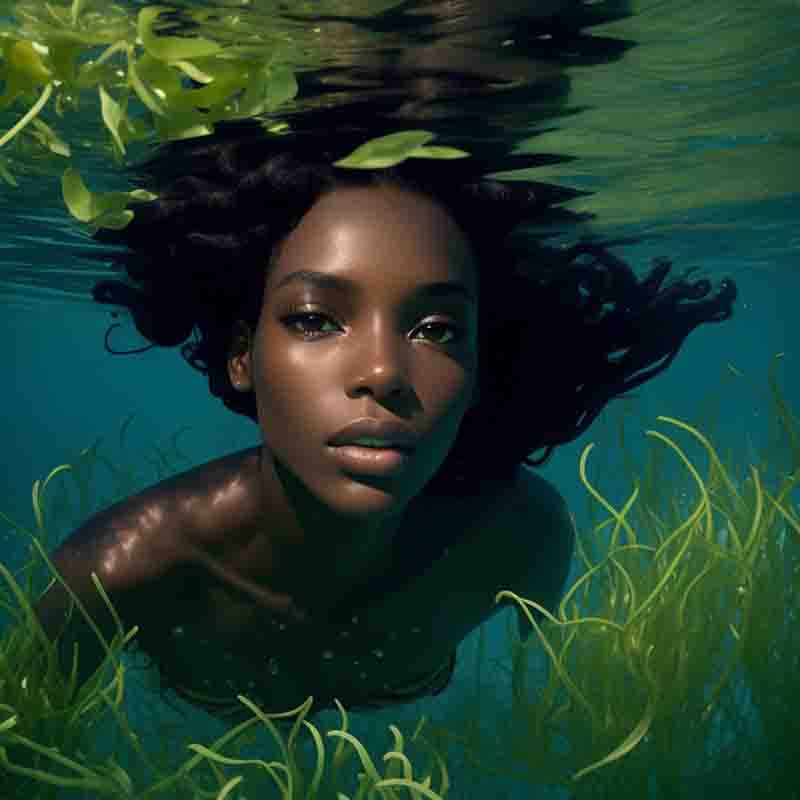
Posidonia Seagrass Meadows serve as nature's water purifiers, trapping sediments and filtering nutrients.
Posidonia meadows in Ibiza face several significant challenges, including pollution and anchor damage.
However, various initiatives are in place to protect and conserve these crucial marine ecosystems. Let's delve into these challenges and conservation efforts.
-
Pollution: Pollution from coastal development, agriculture, and urban areas can introduce harmful substances such as nutrients, heavy metals, and toxins into the water. This pollution can degrade water quality, disrupt the seagrass ecosystem, and harm marine life.
-
Anchor Damage: Posidonia meadows are often threatened by anchor damage from boats and watercraft. Anchors can uproot or break the seagrass, leading to long-term damage to the meadows. Frequent anchoring can also disturb the sediment, clouding the water and affecting seagrass growth.
-
Global Climate Change: Climate change-related factors, including rising sea temperatures and ocean acidification, can stress Posidonia meadows. Higher water temperatures may lead to the decline of seagrass health, while ocean acidification can affect their ability to take up nutrients.
-
Marine Protected Areas (MPAs): Marine protected areas play a crucial role in safeguarding Posidonia meadows. These designated zones restrict or regulate certain activities like fishing and anchoring to reduce human impact. In Ibiza, several MPAs have been established, including the "Reserva Natural de Es Vedrà, Es Vedranell i els Illots de Ponent," which encompasses Posidonia meadows.
-
Boat Moorings and Ecological Buoys: To address anchor damage, some areas within MPAs have installed ecological buoys and boat mooring systems. These alternatives allow vessels to secure themselves without damaging the seafloor. Additionally, educational campaigns inform boaters about the importance of avoiding anchoring in sensitive areas.
-
Community-Led Conservation: Local communities and organizations often play a vital role in conservation efforts. In Ibiza, community-driven initiatives involve local residents, businesses, and divers in seagrass protection and restoration projects. These efforts raise awareness and actively engage the community in preserving their marine environment.
-
Scientific Research and Monitoring: Ongoing scientific research is critical to understanding the health and dynamics of Posidonia meadows. Researchers monitor factors like water quality, seagrass health, and marine life populations to inform conservation strategies and assess the effectiveness of protection measures.
-
Legislation and Regulation: Government authorities in Ibiza have implemented regulations and laws to protect seagrass meadows. These regulations include rules on anchoring, fishing practices, and water quality standards. Enforcement and compliance are essential components of effective protection.
-
Education and Outreach: Public awareness and education campaigns are instrumental in promoting responsible behavior around Posidonia meadows. Informative materials, workshops, and school programs help educate residents and tourists alike about the importance of these ecosystems and how to minimize their impact.
Conservation Initiatives
While Posidonia meadows in Ibiza face significant challenges, a combination of conservation initiatives, regulations, community involvement, and scientific research are working together to protect and preserve these critical marine ecosystems.
These efforts not only benefit the meadows themselves but also contribute to the overall health and sustainability of Ibiza's coastal environment and its marine biodiversity.
The Underwater Beauty of Ibiza's Posidonia Meadows
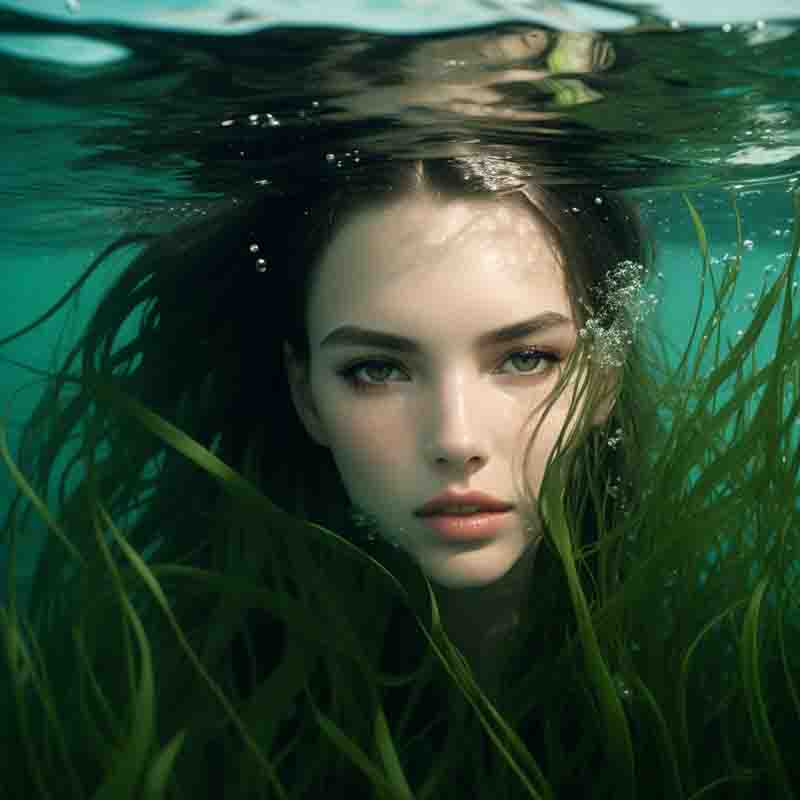
These meadows contribute significantly to the island's tourism industry by maintaining clear and clean coastal waters.
The Posidonia Seagrass Meadows underwater landscapes are often described as ethereal, captivating the imagination of divers and snorkelers who venture below the surface.
One of the defining features of Ibiza's Posidonia meadows is the unparalleled clarity of the Mediterranean waters.
This exceptional water quality allows sunlight to penetrate deep beneath the surface, illuminating the seagrass meadows with an enchanting, emerald glow.
The Posidonia oceanica seagrass, with its long, ribbon-like blades, creates an otherworldly seascape.
As gentle currents sway the seagrass back and forth, it mimics the graceful movement of underwater grasslands.
It's a dance that mesmerizes, a ballet of green, and a testament to the natural rhythms of life in this unique habitat.
Upon closer inspection, the Posidonia meadows reveal themselves as intricate microcosms of life.
Each blade of seagrass is adorned with a diverse community of marine organisms, from tiny crustaceans and colorful anemones to delicate seahorses seeking refuge among the fronds.
These miniature worlds offer a glimpse into the astounding biodiversity that thrives within the meadows.
As sunlight filters through the water, it creates a stunning interplay of light and shadow. Shafts of sunlight pierce the surface, creating shimmering pathways that dance upon the seagrass beds.
Posidonia Seagrass Meadows: FAQ
Are you curious about music, art, technology, fashion, humanity, lifestyle, and beer?
If so, then you need to subscribe to the free Likewolf newsletter.
100% privacy. When you sign up, we'll keep you posted.
Ibiza Calling
More than a Destination; it's a Lifestyle
